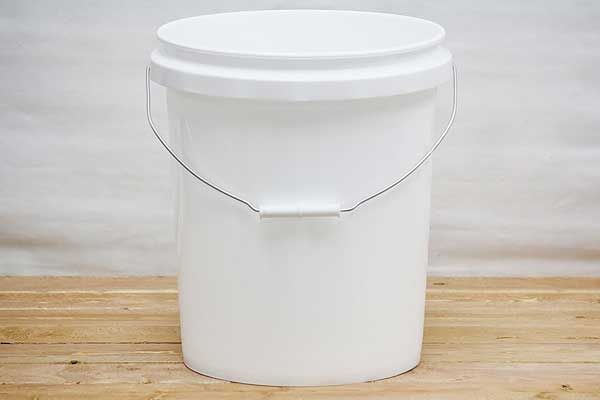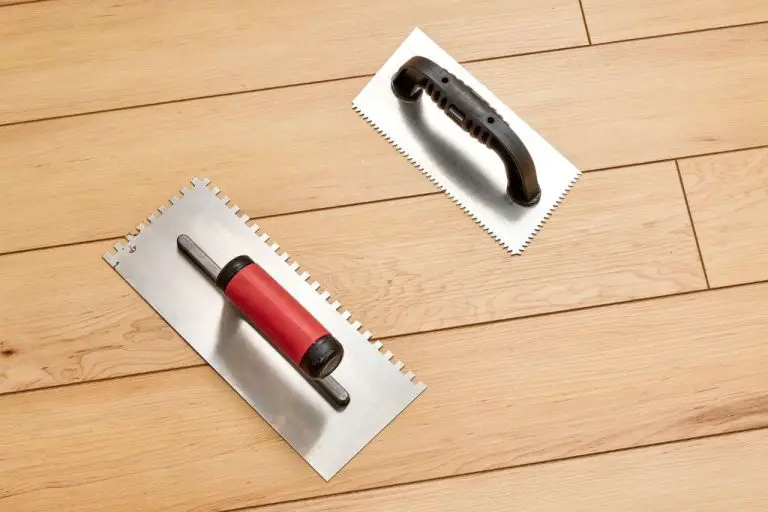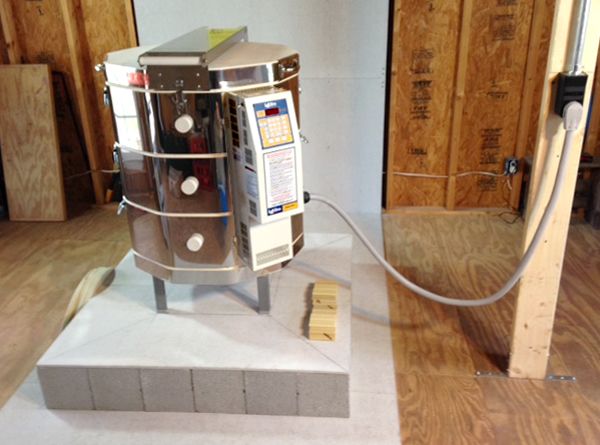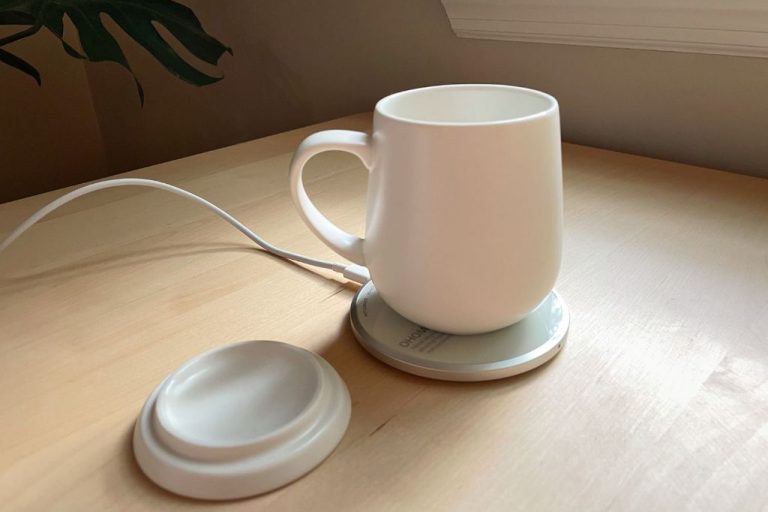What Is The Difference Between Food Grade And Regular 5 Gallon Buckets?
5 gallon buckets are commonly used plastic containers with a variety of uses. They can be made from either food grade or regular plastic. Food grade buckets are designed to safely store food, while regular buckets are made with industrial plastic not approved for food contact.
In this article, we will discuss the key differences between these two types of 5 gallon buckets. We will compare their appearance, intended uses, safety, availability, cost, and longevity. This overview will help you determine when to choose a food grade bucket versus a regular bucket based on your specific needs.
Food Grade Buckets
Food grade buckets are designed to safely store food products. They are made from materials that are approved for direct food contact and will not transfer dangerous chemicals into the food (Source).
The most common materials used are HDPE (High Density Polyethylene) plastic with the #2 recycling symbol or stainless steel. HDPE is a durable, food-safe plastic that meets FDA and NSF standards (Source). Stainless steel buckets are also inert and approved for food storage.
The key is that food grade buckets do not contain chemicals like BPA or phthalates that could potentially leach into the food and pose health risks. They are specifically designed to avoid any contamination of the contents (Source). This makes them suitable for long term storage of food products.
Regular Buckets
Regular buckets are not approved for storing foods or liquids for human consumption. Unlike food grade buckets, regular buckets are often made from recycled plastics that may contain BPAs, phthalates, lead, and other chemicals unsafe for contact with food (Leaktite, 2021).
Since regular buckets are not designed for food use, there is a risk that harmful chemicals could leach out of the bucket and contaminate the contents. For this reason, regular buckets should never be used to store anything intended for human consumption (Epackage Supply, 2021).
Instead, regular buckets are better suited for non-food applications like storing tools, auto fluids, laundry detergent, paint, and other household items where food safety is not a concern. The low cost and durability of regular buckets make them ideal for general home storage and projects.
Appearance
There are a few subtle differences in the appearance of food grade buckets compared to regular buckets that can help identify them:
Food grade buckets will often have “food safe” or “food grade” stamped on the side or bottom. This is a clear indicator that the bucket is approved for food use. Some regular buckets may be safe for food, but not all are guaranteed or labeled as such (source: https://www.wikihow.com/Identify-Food-Grade-Buckets).
Food grade buckets sometimes, but not always, have differently colored lids than regular buckets. For example, a blue bucket with a black lid may indicate food grade plastic. However, lid color is not a foolproof method for identification (source: https://epackagesupply.com/blog/how-do-you-know-if-buckets-are-food-grade/).
Since food grade plastic is made from higher purity materials, food grade buckets tend to be more expensive than regular buckets of the same size and shape. The price difference can serve as a clue that a bucket is food safe (source: https://www.ho-plastics.co.uk/blog/how-can-i-tell-if-a-bucket-is-food-grade/).
Uses
Food grade buckets are primarily used for storing and fermenting food and beverages. Their FDA-approved food safe plastic makes them ideal for tasks like:
- Storing dry goods like grains, flour, sugar, etc.
- Brining and pickling fruits and vegetables
- Fermenting foods like kimchi, sauerkraut, and kombucha
- Aging wines, ciders, and cheeses
- Storing drinking water
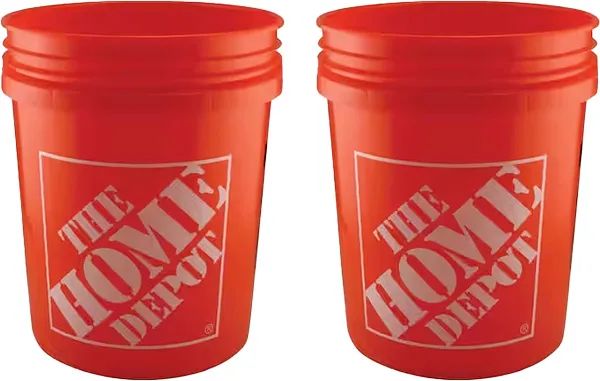
Regular buckets, on the other hand, are best suited for non-food storage and tasks like:
- Storing tools, hardware, and workshop supplies
- Collecting waste and recycling
- General cleaning and projects
- Storing animal feed
- Mixing paint and construction materials
Their lower cost makes regular buckets ideal for outdoor, garage, and industrial uses where food safety is not a concern.
Safety
Food grade buckets are manufactured with release agents that are safe and non-toxic for contact with food and drink. The FDA has approved food grade buckets as safe for direct food contact.
Regular buckets, however, may be manufactured with release agents that can leach chemicals into the contents inside the bucket over time. These chemicals could contaminate food or drink stored in regular buckets, making them unsafe for anything consumable. According to sources, regular buckets are not approved by the FDA for direct food contact.
Availability
Food grade buckets are readily available for purchase at many restaurant supply stores and large retailers like Costco and Sam’s Club. Since these buckets are designed for commercial food use, food service operations frequently stock them. Many food grade bucket manufacturers even have “finder” tools on their websites to locate nearby distributors.
Regular utility buckets without food-safe designation can easily be found at any hardware store, home improvement center, or paint store. Major retailers like Home Depot, Lowe’s, and Ace Hardware carry various sizes of regular buckets in stock for uses like paint, storage, and general home improvement projects.
Sources:
https://www.homedepot.com/p/Leaktite-5-gal-70mil-Food-Safe-Bucket-White-005GFSWH020/300197644
https://www.bucket-outlet.com/Food-Grade-Buckets.htm
Cost
There is a significant difference in cost between food grade buckets and regular buckets. Food grade buckets typically cost $5-15 each depending on size and features. The most common 5 gallon food grade bucket costs around $10. Regular buckets that are not food grade can often be purchased for under $5.
The reason for the price difference is the higher quality materials and construction of food grade buckets. They are made from food safe HDPE #2 plastic that does not contain BPA or other harmful chemicals. The plastic is thicker and more durable than a regular bucket. There are also strict regulations and compliance testing around materials and manufacturing processes for buckets that will store food, which increases costs.
While regular buckets may seem like a bargain upfront, the potential risks of chemical leaching and shorter lifespan often make food grade buckets the better value over time. For applications involving food storage or contact, Spending a little more on a food grade bucket is worth avoiding any safety issues down the road.
Longevity
Both regular and food grade 5 gallon buckets can last for many years if properly cared for. Food grade buckets are designed for long-term storage and contain UV inhibitors and other additives that help them withstand degradation from light, heat, and oxidation over time. Sources indicate that high quality food grade buckets may last 25+ years, while regular buckets last on average 4-20 years depending on conditions. With proper storage in cool, dark places, regular buckets can also have multi-year lifespans. But food grade buckets are optimized for maximum longevity.
According to this source, the shelf life of a 5 gallon water jug (made of food grade plastic) can be up to 2 years before the water develops a stale taste. The jug itself can last over 20 years if stored properly. Another source here indicates food grade buckets can last 20+ years with care.
Conclusion
We’ve discussed the key differences between food grade and regular 5 gallon buckets. Food grade buckets with FDA-approved resin are best for storing food or water, with their heavy duty construction and minimal risk of unsafe chemicals leaching. Regular buckets have hazards like lead paint and contaminants that make them unsuitable for food usage.
Food grade buckets should always be used when storing anything for consumption. Their higher cost is a small price to pay for safely storing edibles long-term. Regular buckets work well for non-food items like tools, paints, auto supplies, and general storage. Just be aware of potential chemicals from manufacturing.
The bottom line is that food grade buckets keep food and drinks safe for eating and drinking. Don’t take risks by re-purposing regular buckets for food storage. Always choose buckets specifically made for that purpose.

